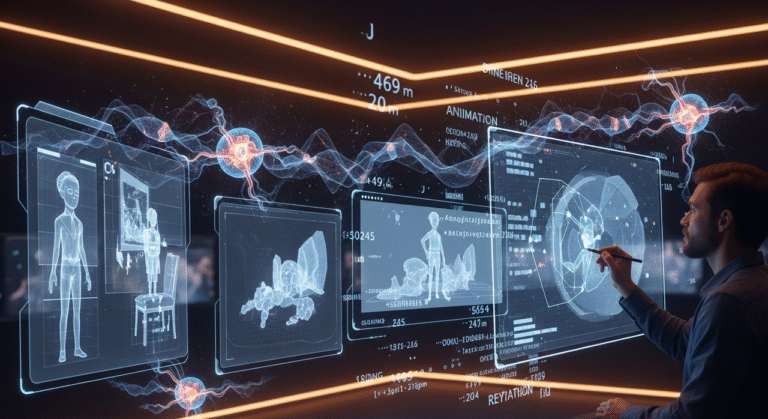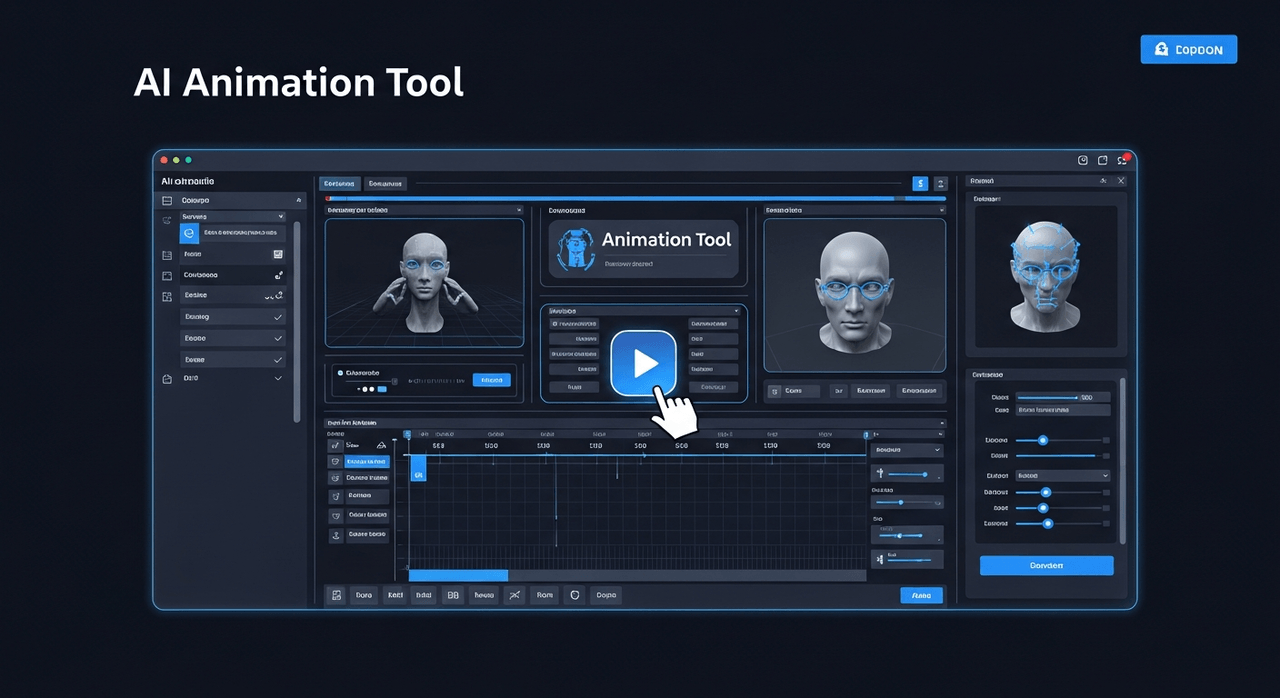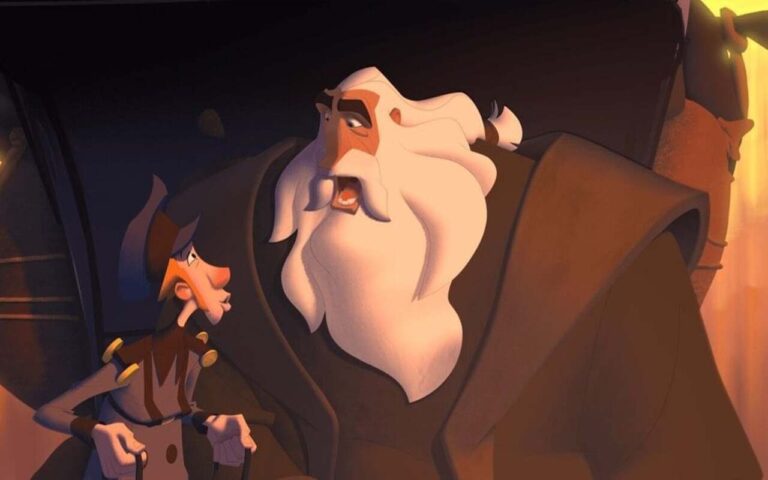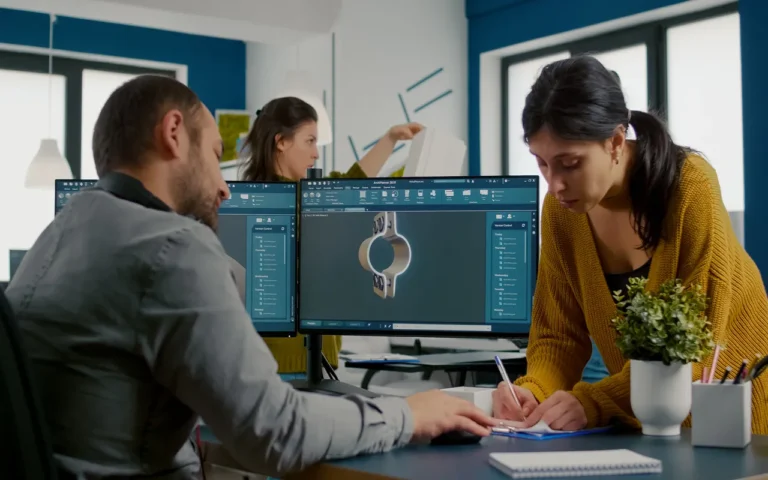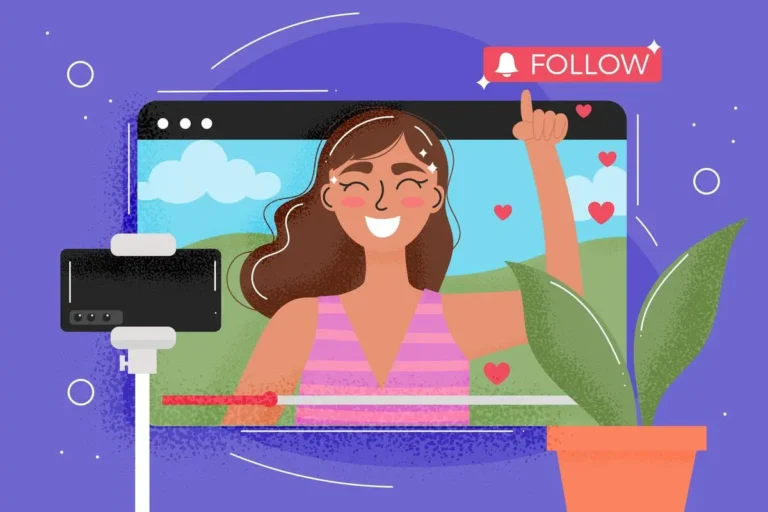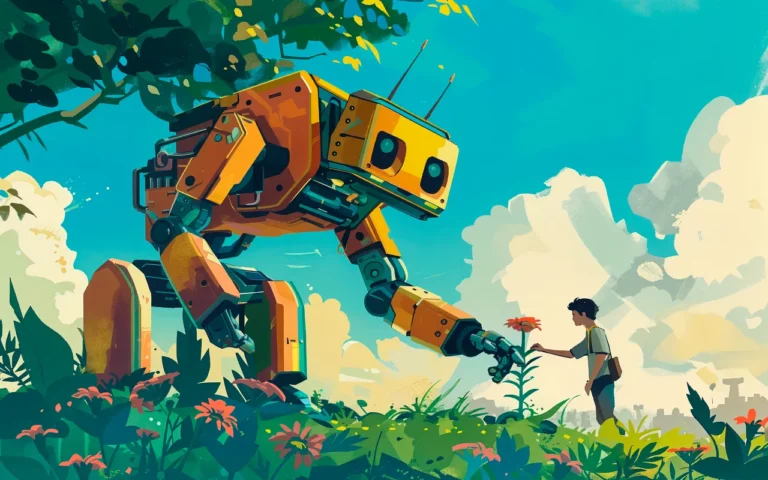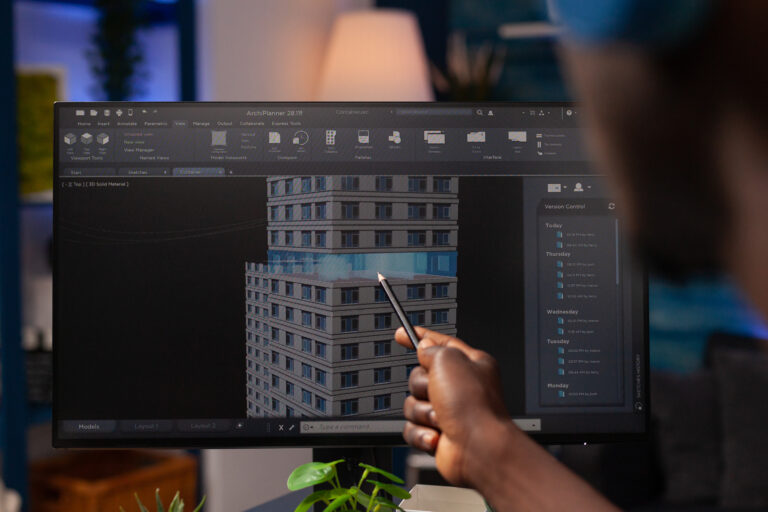Think of your favorite fantasy film or video game, one with stunningly realistic alien planets, cutting-edge machinery, or distinctive creatures.
Ever wonder who designs and produces those elements? That is a concept artist’s responsibility.
The entire artistic vision for a project is shown through concept art.
We sometimes tend to concentrate on the design process when creating animation, completely ignoring one of its most important stages: concept art.
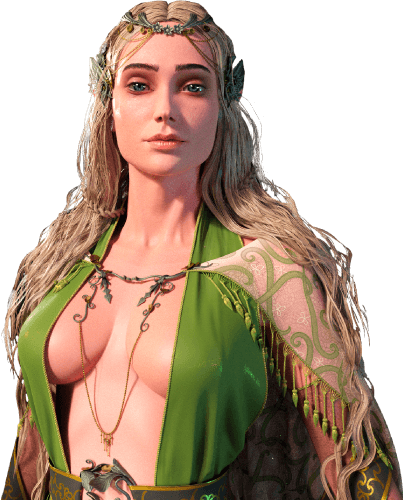
Need Animation Services?
Visit our Animation Service page to see how we can help bring your ideas to life!
What is Concept Art?
Concept art falls between the first idea for a project, like animation, and the final product. A concept art studio or artist develops a design for a project element from the basic idea, such as a character, weapon, vehicle, structure, or setting. The concept art process is creating an idea that aims to show the visual sense of the project and serves as a reference for illustrators and animators in the whole design process by laying the foundation for your animation design.
History of Concept Art
Background
Although the term “conceptual art” wasn’t introduced until the 1960s, the movement’s roots can be found in 1917, when Marcel Duchamp, who was on the selection committee for a New York open sculpture exhibition, was charged with buying a urinal from a plumber’s shop and submitting it as a sculpture. Henry Flynt, an artist and philosopher, first used “concept art” in 1961 when he referred to his performance pieces as conceptual artworks. Still, it wasn’t until the late 1960s that Conceptual Art came to be recognized as a distinct trend.
Walt Disney
One of the first producers to employ concept artists was Walt Disney. Disney hired Mary Blair to do concept artwork for “Cinderella,” “Alice in Wonderland,” and “Peter Pan” in the 1950s. The colorful, fantastical settings and characters that the Disney film franchise is known for were created by various creative artists over the years.
Projects that aren’t fully animated but have fantasy features that don’t exist in reality also use concept art. For instance, George Lucas employed concept artist Ralph McQuarrie to produce the paintings of robots, spacecraft, and other worlds that eventually inspired “Star Wars.” Fantasy character concept art was essential for this popular franchise to produce the beloved animations and films that so many people have grown to love.
Different Types of Concept Art Explained
Concept art comes in many kinds, each serving a unique role in bringing stories to life.
Here’s a peek at the main types:
Character Concept Art: Breathing Life into Your Protagonists
Character concept art defines heroes, villains, or quirky sidekicks. Artists start the character design process with sketches, pulling inspiration from platforms like Pinterest, to nail features like a dragon’s scales or a warrior’s armor.
These designs evolve into full renders, showing multiple angles to guide animators. Think of Zootopia’s Judy Hopps—her spunky look started as concept art.
Environment and World-Building Concept Art
World-building art creates immersive settings, from alien planets to medieval villages.
Background artists craft detailed landscapes or cityscapes, blending narrative and mood to make worlds feel alive.
For example, Avatar’s Pandora was born from concept art that mapped out its glowing flora and towering cliffs, ensuring a cohesive universe.
Props and Equipment Concept Art
Props like swords, spaceships, or magical artifacts get their concept art. Prop artists research real-world references (such as medieval armor on Google Images) to design functional yet stylish items.
A game like The Legend of Zelda relies on prop art to make iconic tools like the Master Sword visually striking and practical for gameplay.
The Impact of Concept Art on Storytelling and Mood
Concept art isn’t just pretty pictures—it’s a storytelling powerhouse that shapes how audiences feel.
Here’s a breakdown of its impact on storytelling:
Setting Tone and Atmosphere Through Visual Design
A single piece of concept art can set a project’s vibe. Dark, moody sketches for The Last of Us evoke gritty survival, while vibrant art for Moana screams tropical adventure.
Colors, lighting, and composition guide the emotional tone, ensuring every frame resonates with the story’s heart.
Enhancing Narrative with Visual Consistency
Concept art keeps massive teams aligned, preventing mismatched visuals. Without it, one artist’s dragon might be scaly, another’s feathered, breaking the story’s flow.
By providing a clear visual guide, like McQuarrie’s Star Wars designs, concept art ensures every character and setting feels part of the same world, boosting narrative immersion.
Why Is Concept Art Important?
Hundreds to thousands of different artists may work together to produce the final output on projects like animated movies.
Creating concept art guarantees that all the artists are on the same page before they begin working on their own part of the project.
Concept art is certainly the most crucial stage in creating characters and settings for visual media. It can convey the whole tone and concept of the work in addition to just being visually attractive.
Without concept art, an animation misses the essential visual blueprint that will ensure its success; so concept art is one of the most important steps in 3D animation production pipeline.
You risk bringing irregularities into the project if you don’t do this. Just consider how two artists would likely interpret a character’s physical description differently, even if it were described in the script.
They would develop into two entirely different characters if you let them go on their own, causing an expensive revision to make the character consistent throughout the project.
One coherent artistic vision will ensure everyone is working toward the same goal.
Read More: The Importance of Concept Art

Essential Skills Every Concept Artist Must Master
Being a concept artist is about blending raw talent with practical skills.
Here’s what you need to know:
Drawing and Digital Painting Techniques
Mastery of drawing—whether on paper or with a tablet—is non-negotiable.
Tools like Photoshop or Procreate demand skills in shading, perspective, and anatomy to create polished characters or environments.
Practicing with free software like Krita can level up your digital painting game.
Creative Problem Solving and Visual Communication
Concept artists translate vague ideas into visuals that scream the project’s vision. This means brainstorming unique designs (e.g., a steampunk robot) and tweaking them based on feedback.
Strong visual storytelling ensures your art communicates the story’s essence to directors and teams.
Collaborating with Animation and Design Teams
Teamwork makes the dream work!
Concept artists must sync with animators, 3D modelers, and art directors, adapting sketches to fit technical needs or client goals.
Clear communication and flexibility, like refining thumbnails based on a director’s notes, keep projects on track and cohesive.
Concept Art in Video Games vs. Animation: Key Differences
While concept art fuels both games and animation, each medium has unique demands.
Designing for Interactive vs. Linear Experiences
- In animation, concept art supports a fixed story, like Toy Story’s pre-planned scenes.
- In games, it must account for player interaction—think Elden Ring’s open world, where environments need to guide exploration.
Game art often includes modular designs for dynamic use, unlike animation’s static shots.
Adjusting Concept Art Style to Fit Different Platforms
- Game concept art varies by platform:
Mobile games like Genshin Impact need lightweight, stylized designs, while PC/console titles like Cyberpunk 2077 demand high-detail renders. - Animation art, like for Spider-Verse, focuses on cinematic polish, often prioritizing unique styles over technical constraints.
What Does a Concept Artist Do?
A concept artist creates images and character designs that, in sketch form, express the client’s brief. They serve as a guide for other designers to follow while working on the project.
The artwork should start out being simple but precise. One or two designs will usually help put the initial concept into perspective. The 3D animation outsourcing company must be adaptable and conscious of their client’s preferences if they want to represent the general direction of the brief.
The artist might start to build a few rough concepts, known as thumbnails, from that brief.
A more complete, detailed image (or “full render”) of the character will finally be produced by the artist as they continue to sketch and perfect it.
When the character’s design is complete, the artist will show it from several perspectives or various stances, giving the viewer a full 360-degree view of the character.
When the sketches are complete, the team determines whether the concept has the potential to be animated and whether it is in line with the commissioner’s vision. The client is consulted for final approval and feedback by the designers.
Read More: How Long Does Concept Art Take to Create?
Concept Art Tools and Software
Concept art has adopted digital technology like many other things.
More accessible tools like graphics tablets and raster graphics editors for digital painting have made it possible to work more effectively.
Before this, traditional media, including oil paintings, acrylic paints, markers, and pencils, were used. Many contemporary paint kits aim to mimic color mixing in the same way that paint would on a canvas.
As a result, training with traditional media is frequently necessary for a concept artist to be successful with painting software.
Popular tools for concept artists include Photoshop and Corel Painter. The others include Manga Studio, Procreate, and ArtRage.
Most concept artists have switched to digital media since editing with them is quicker and easier.
Many concept projects have short delivery times and strict requirements for a well-polished product.
Concept Art Themes and Styles
Concept art encompasses a wide range of art styles and themes to cover various industries and applications!
Here’s a breakdown:
Concept Art Themes
Concept art has always had to cover a wide range of topics because it has been the primary medium in animation poster creation for a long ago.
However, the two most extensively covered genres of movies are science fiction and fantasy.
Additionally, given its recent application in the design of video games, concept art has expanded to encompass styles ranging from fantasy to realistic, depending on the final result.
Concept Art Styles
Depending on the project’s needs, concept art can be stylistic or lifelike.
Artists working on a project frequently switch roles during the initial “blue sky” development period.
The possible interpretations are sketches, speed paintings, and 3D overpaints.
Later works, like matte paintings, are made as realistically as possible. The studio’s aesthetic is frequently something that concept artists are expected to follow. The ability of a concept artist is highly regarded.

Read More: Concept Art Price Estimation
Final Words
Your animation’s concept art is its heart and soul. Discussing the original visual concepts at the beginning of the project requires effective and clear communication between the artist, the design team, and the client.
The animation is in line with the client’s expectations and, more significantly, the final product conveys the message they are trying to send, thanks to high-quality concept art and open feedback.
To sum up, the first step towards a well-tailored professional animation is concept art, which is the backbone of your animation.
FAQs
What is the purpose of concept art?
Concept art visually explores ideas like characters, environments, and props. It sets the tone, guides the team, and defines a project’s look before production.
What are some of the tools used in concept art?
Common tools include Photoshop, Clip Studio Paint, Krita, Sketchbook Pro, and 3D apps like Blender for mockups and design iteration.
How is concept art used in creative projects?
It sets visual direction, aligns teams, and defines world, tone, and look before production begins.
Who uses concept art?
Concept artists visualize ideas for video games, films, animation, comics, theme parks, and more.
What mediums are common in concept art?
Artists use thumbnails, sketches, digital painting, photobashing, and 3D tools for world-building visuals.
Why is concept art essential in pre-production?
It’s critical for setting tone, ensuring visual consistency, and effectively communicating ideas.
How iterative is concept art?
Designers create multiple iterations, exploring variations before settling on final visuals.
Is concept art the same as illustration?
No. Concept art guides design and look development; illustration finalizes storytelling visuals.
Can concept art be reused after production?
Yes. Finalized concept artwork often helps with marketing, branding, and promotional materials.


